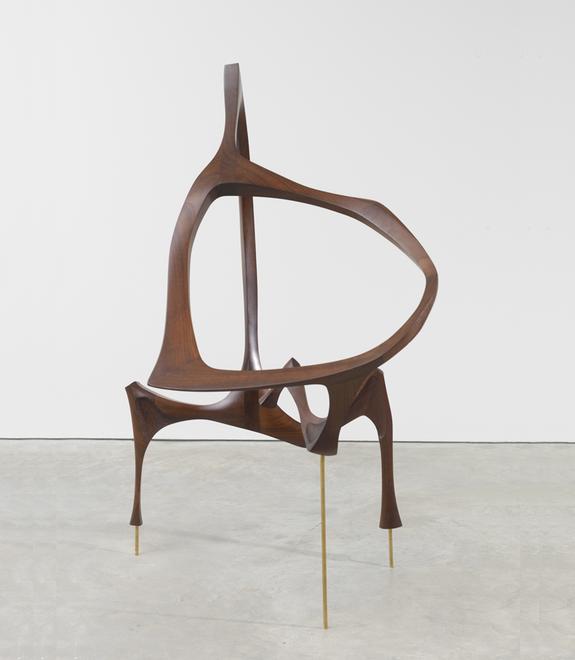It has been a while since I've posted, and it has been a very busy summer so far. One of the projects I have been working on is The Shop at Old Austerlitz for the Austerlitz Historical Society . The Society operates a beautiful property in Columbia County, New York and this is the first actual shop they have opened on the property. So I thought I'd give you a tour, and an example of what can be done with very little money, some good volunteers, and a bit of creativity.
- Get link
- X
- Other Apps
























Comments
Post a Comment